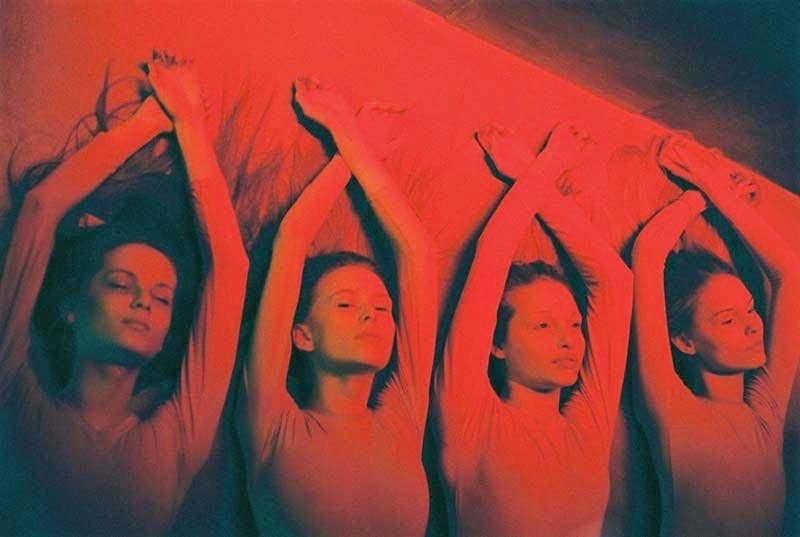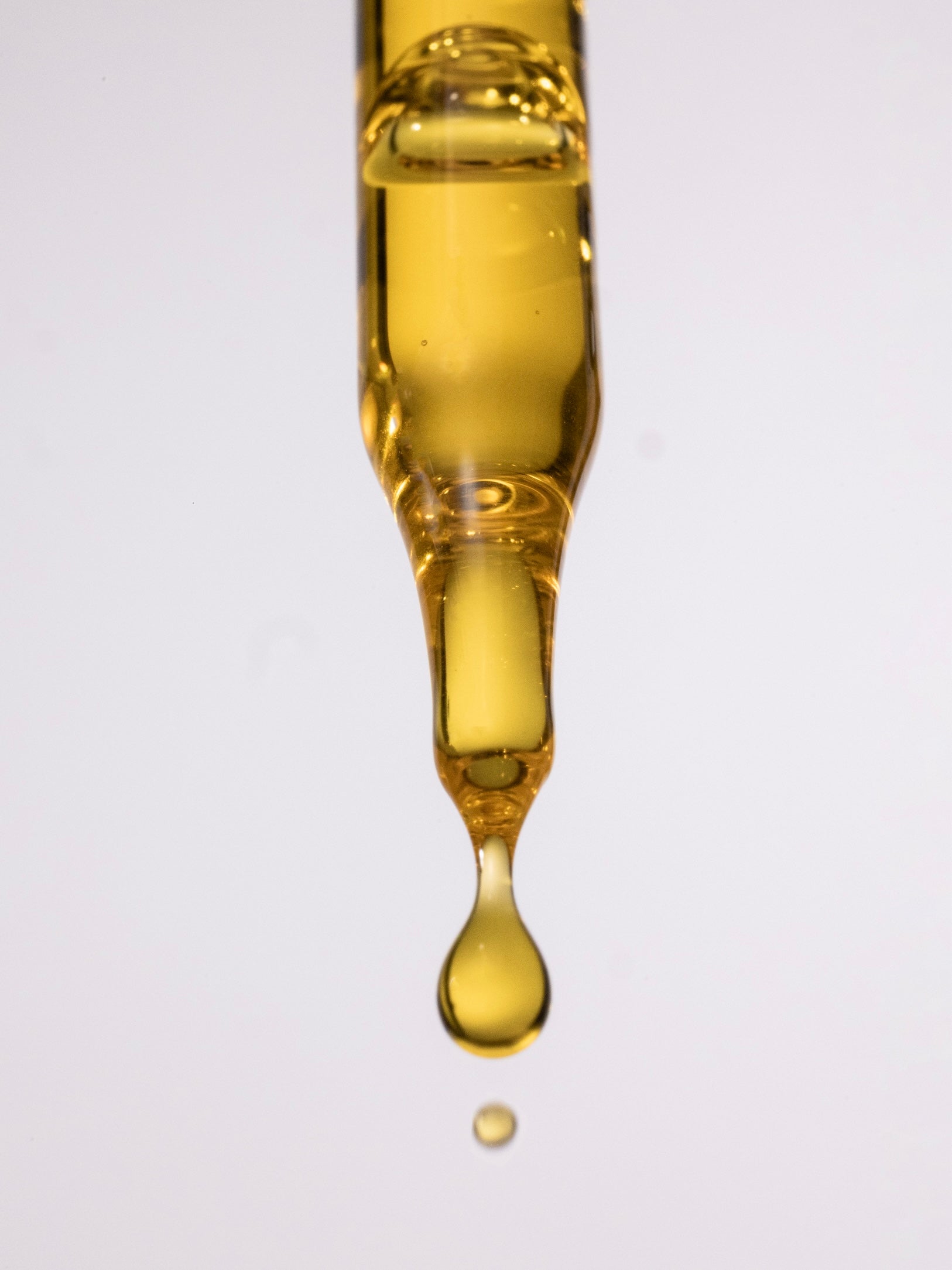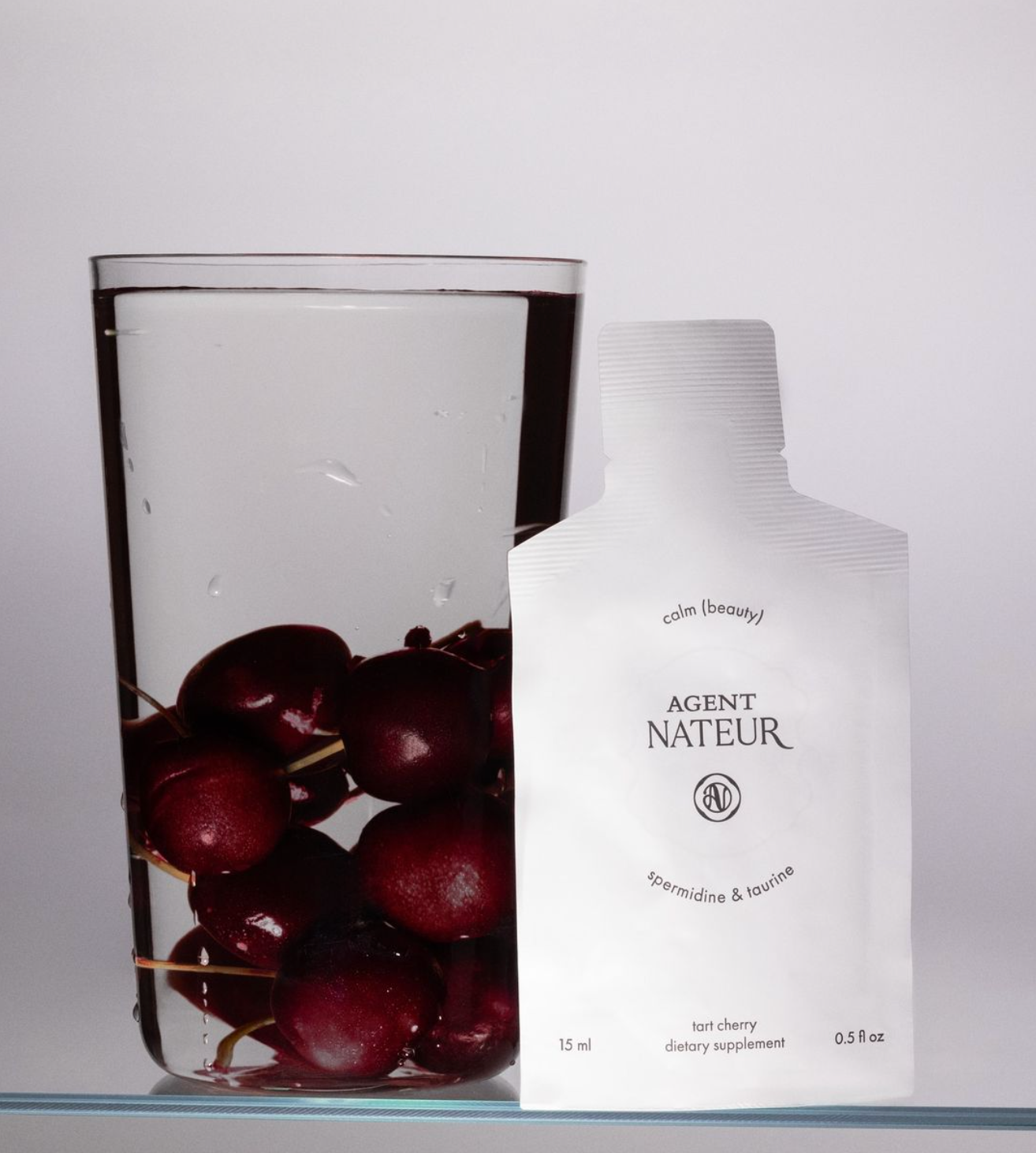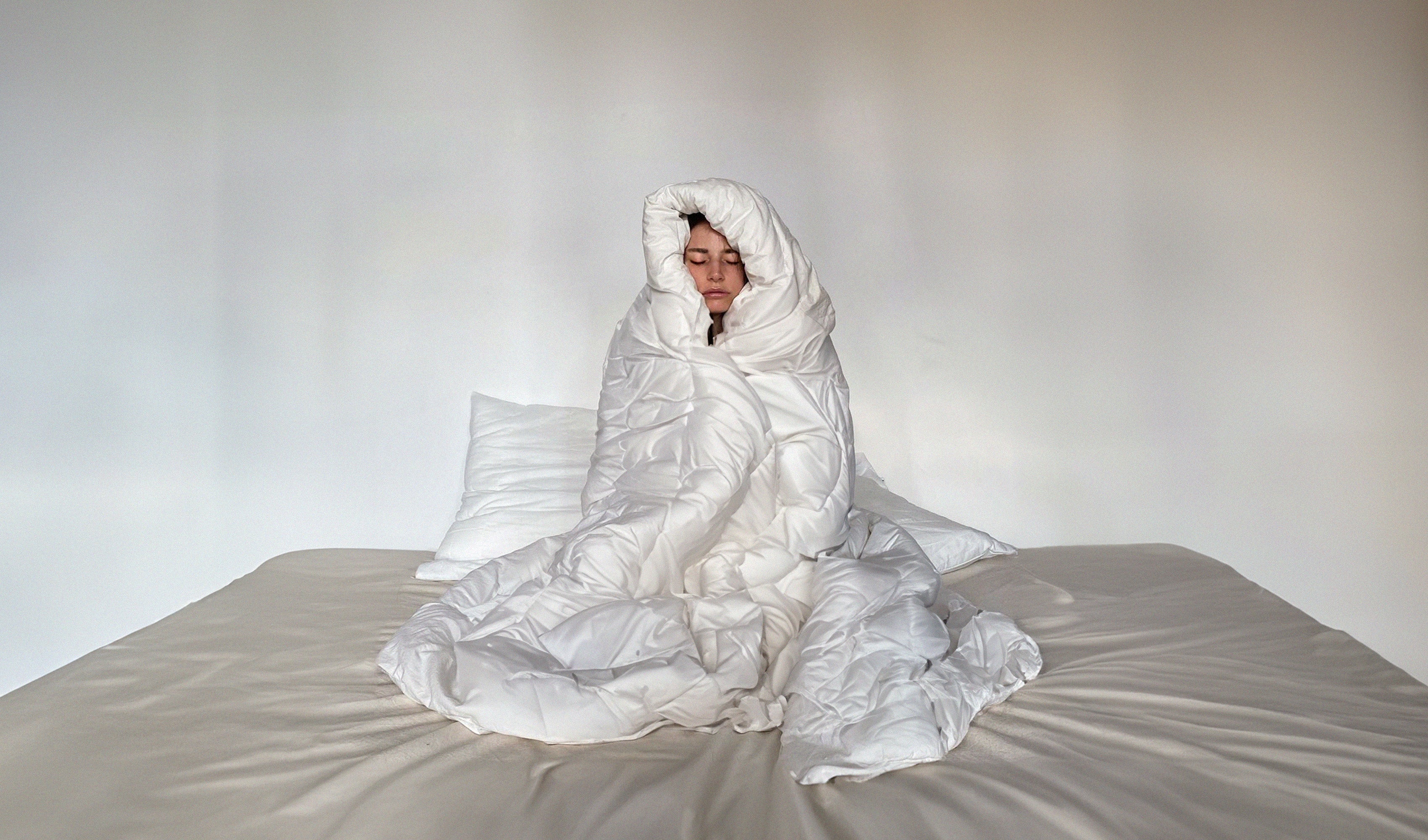Red Light Therapy: Anti Aging and Anti Inflammation Pain Relief

Red light therapy also known as photobiomodulation (PBM) or low-level light therapy (LLLT), has become increasingly popular over the last decade, due to its wide range of healing abilities. LED masks in particular are having a moment, with the red light setting being touted as a way to increase collagen production, improve skin clarity, tone texture, as well as reduce wrinkles, scarring, redness and sun damage. While the recent hype around red light therapy may sound too good to be true, the incredible claims are actually steeped in science. In fact, over the last 20 years, there have been more than 1,000 studies and trials published on red light therapy, demonstrating a wide range of positive results.
The concept of using light for therapeutic purposes dates back thousands of years. It can be traced all the way back to the Ancient Egyptians, who are said to have built special temples for healing with sunlight and colored light. In more modern times, red light piqued interest when NASA harnessed its power in the late 80’s and early 90’s, to grow plants in space. Scientists also discovered that by using red light on astronauts, that their wounds healed much faster.
So, what is it about red light that allows it to treat such a variety of conditions?
First off, not all red light is equal. In order to work its magic, red light must be delivered at a certain wavelength. Red light in the range of 630-670 nanometers is the form most quickly absorbed by the skin, while infrared light in the 810-880 nanometer range penetrates the skin the most deeply. In fact, of all the colors on the light spectrum, it’s red light that is able to reach the deepest layers of the dermis.
Just like plants convert light energy into chemical energy via photosynthesis, our bodies metabolize red and near-infrared light into a form of cellular energy called adenosine triphosphate (ATP). ATP is often referred to as “the energy currency of life” because it is our main source of energy for most cellular processes. In fact, it’s so vital that we would not be able to survive for even a few seconds without it.
When our bodies become impaired through stress, illness or injury, our ability to make ATP becomes compromised as our cells produce excessive amounts of nitric acid, which binds to cytochrome c oxidase. Cytochrome c oxidase is the glue that makes ATP by helping oxygen bind with nicotinamide adenine dinucleotide (NAD) and hydrogen to form NADH (the hydrogen ions that make ATP synthase). Without it, our capacity to make ATP becomes reduced. Reduced ATP production results in fatigue, a decreased ability to heal and repair, as well as a diminished ability to perform other functions such as producing collagen, metabolizing fat and synthesizing hormones.
Red light, and near-infrared light, help our bodies to increase ATP production by breaking the bond between nitric acid and cytochrome c oxidase, freeing cytochrome c oxidase to make ATP. With more energy, cells can function more efficiently, rejuvenating themselves and repairing damage.
Skin
When it comes to the skin, red light therapy differs from lasers or intense pulsed light (IPL) therapies, as it doesn’t cause damage to the skin. While lasers and IPL work by damaging the outer layers of the skin in order to induce tissue repair, red light therapy directly stimulates skin regeneration sans the harsh step.
Once the mitochondria in the skin cells absorb red and near-infrared light, they are able to produce more ATP, which stimulates the synthesis of collagen, basic fibroblast growth factors (bFGF), and the proliferation of fibroblasts. Red light therapy can also increase microcirculation and improve cellular balance, which translates to more beautiful, radiant skin.
A 2014 study showed that red and near-infrared light treatment significantly improved the skin’s complexion, tone and texture of those in the treatment group. They also reduced fine lines, wrinkles and increased collagen density, according to ultrasound testing.
Benefits of red light therapy for the skin include:
Increased collagen and elastin production
Improved skin clarity, tone and texture
Reduction of fine lines and wrinkles
Reduction of scarring and stretch marks
Reduction of sun damage
Hair Growth
Red light therapy also shows potential as an effective treatment for hair loss. It works by increasing blood flow in the scalp, which stimulates the metabolism in hair follicles, resulting in the production of more hair.
In a 2017 study on women with alopecia, researchers found a 51% increase in hair count in the group receiving red light therapy.
A 2017 analysis of 11 studies, showed significant improvements in hair count, strength and density.
Mood
In a 2009 study on patients with major depression and anxiety, the patients were treated with red and near-infrared light for four weeks. At the end of the four week study, 60% of the patients experienced a remission of their depression, while 70% of patients experienced a remission of their anxiety.
An article by PubMed states that when exposing red and near-infrared light to the brain, it reduced fear renewal and prevented the reemergence of extinguished conditioned fear response. This is promising for those struggling with PTSD and other post traumatic disorders.
Pain Relief and inflammation
Red light therapy’s potential to reduce pain and inflammation is so impressive that the FDA has approved it as a treatment for minor pain and arthritis. In a 2006 study, researchers found that infrared therapy improved lower back pain by approximately 50% amongst participants.
Jena recommends Leanne Vernier’s REDjuventor
***THESE STATEMENTS HAVE NOT BEEN APPROVED OR REGULATED BY THE FDA. WE ARE NOT DOCTORS, THEREFORE ALWAYS CONSULT WITH YOUR DOCTOR FIRST





